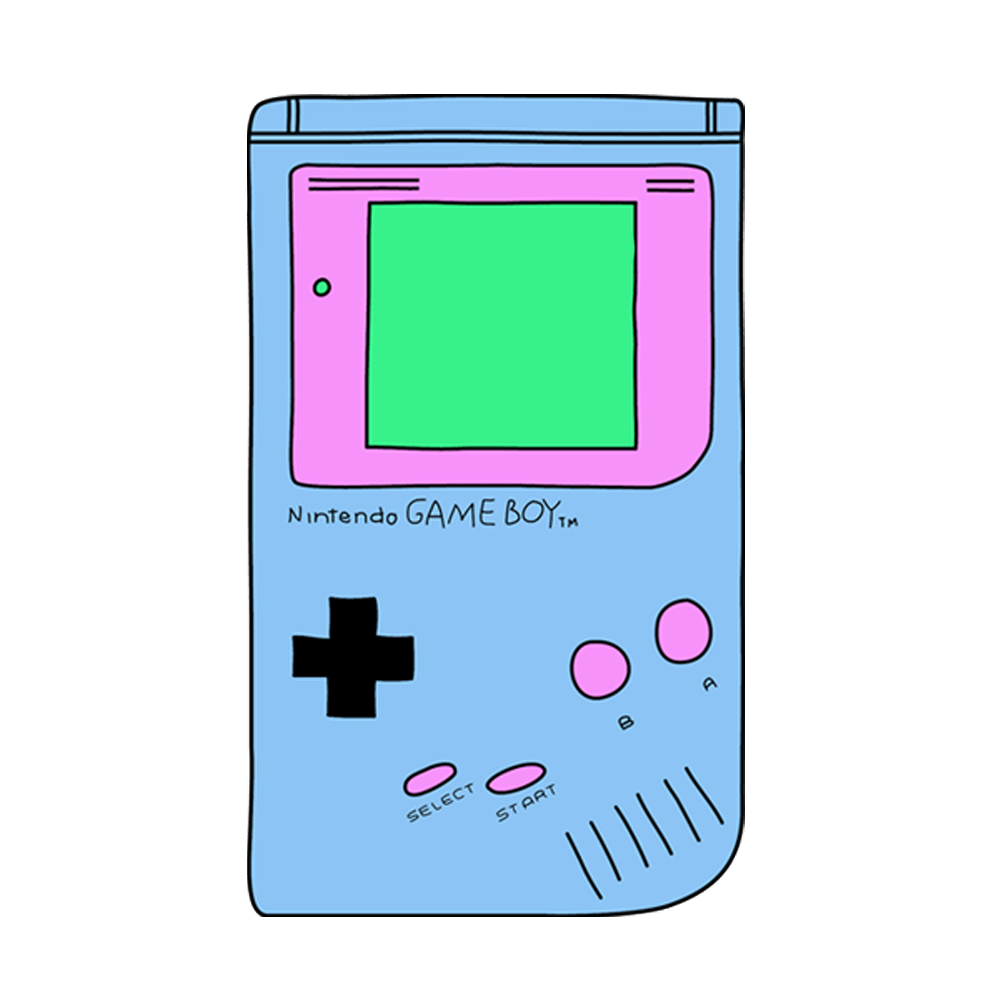Minecraft can be seen as an entertainment, time-passing and even educational game space. If you visit their website, there is a great emphasis on all these aspects. In this piece, the focus will be on the educational aspect, with still touching on the points of Minecraft having a space to create and explore.
A lot of games deem to have these aspects as well, but usually entail more aspects to the "learning processes" like violence and problem-solving in unorthodox manners but, Minecraft: Education Edition is explicitly designed for children and even young folks to learn basic coding concepts. Whats interesting to grasp about this system is that they can be purchased to teach STEM curriculums and have room for creative projects as well.
What does this all mean?
Well, to begin, this means that games are no longer in a space just for entertainment, specifically with Minecraft not just battling creepers at night or in creative mode building a mansion of gold and glass all while flying all the way up to the clouds. This means that there is an attachment and interconnection of meaning, and consequently procedural rhetoric.
Significantly, drawing from Ian Bogost, he discusses David Williamson Shaffer's perspective of integrating ideology when he emphasizes,
"Shaffer argues that games can model how professions work, offering an incomplete, yet embodied experience of real-world jobs. As Gee explains in this volume, these types of games “already give us a good indication that even young learners, through video games embedded inside a well-organized curriculum, can be inducted into professional practices as a form of value-laden deep learning that transfers to school-based skills and conceptual understandings.” (Bogost 130)
In an era of continual development of digitalization it almost seems wrong to not let younger generations explore the spaces in which they will potentially be working towards, and ditch the habitual textbook and chalkboards. As a counterargument, it may seem that children aren't learning anything from these curriculums besides playing video games, and are teaching them to attach to technology as an everyday all practice.This notion needs to be detached and configured; that globalization is ever-changing and the needs of jobs and curriculums must also adjust to the large amount of STEM needs of the world, and if not may leave room for a lot of displacement of skills.
The educational space also allows to promote imagination, problem-solving and creativity, skills that are often times not deemed important but, can have everlasting effects if given the correct drive with also providing technical skills.
On another note...
What about Minecraft on its own? In particular, allowing children to free-roam in creative worlds or enter spaces with others does that have an attachment of procedural rhetoric as well?
The purpose of Minecraft can be considered to have the same level of engagement outside the classroom because there is still an individual drive to explore, problem-solve and build, and skills are still being developed. The concerns that can be resulted from games like Minecraft can be factors like: excessive screen times, but if engaged only in curriculum settings allows students to manage off and on screen time as well.
Linked is a video of students utilizing Minecraft: Education Edition in their curriculums:
Attached is the work cited in this piece:
Word Count: 535

YES YES YES! brb while I go tell my prof to use this in my coding class!